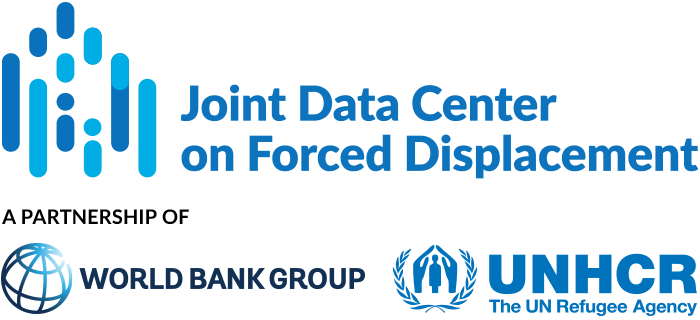This paper analyzes the impact of the Emergency Social Safety Net (ESSN) cash program on the multidimensional poverty of refugees in Turkey. Launched in 2016, the ESSN has become the largest humanitarian cash transfer program in the world. It provides monthly unconditional cash transfers via debit cards to poor and vulnerable refugees, reaching over 1.8 million individuals in Turkey.
The authors conduct a causal analysis of both the average and distributional impacts of the ESSN on the incidence and intensity of multidimensional poverty, decomposing effects across separate dimensions and indicators of poverty. The study employs a purpose-built Refugee Multidimensional Poverty Index (RMPI) that measures poverty across five dimensions—education, health, food security, income resources, and living standards—using twelve indicators.
The analysis is based on three waves of a repeated cross-sectional dataset (2018–2020) from the Comprehensive Vulnerability Monitoring Exercise (CVME). The sample includes 4,096 refugee households and is nationally representative of refugees using sampling weights. The treatment group consists of eligible applicants of the ESSN program who receive monthly cash transfers, while the control group includes non-applicants and pending applicants.
Main results:
- Nearly half (49.8 percent) of the refugee population in Turkey is identified as multidimensionally poor, facing deprivations in 28.7 percent of the weighted indicators on average. The Refugee Multidimensional Poverty Index (RMPI) value is 0.143, indicating that multidimensionally poor refugees experience 14.3 percent of the total possible deprivations.
- The ESSN significantly reduced the incidence and intensity of multidimensional poverty among its beneficiaries, lowering the incidence of poverty from 67.5 percent to 49 percent, reducing the intensity of poverty from 0.311 to 0.279, and decreasing the deprivation score from 0.261 to 0.151.
- Significant reductions were found in the dimensions of education, health, food security, income resources, and living standards. Significant reductions were found in deprivations related to school attendance, but there were no effects on improvements in the education of the household head. There was a significant reduction in the number of individuals not receiving treatment when sick, but no significant effect on the number of those reporting being sick. Deprivations in both the Coping Strategy Index (CSI) and Dietary Diversity Score (DDS) were significantly reduced. There was a reduction in precarious work; however, deprivation in “no income” increased, indicating that significantly fewer households had any members who worked in the last 30 days. Negative effects were observed for each of the four indicators within the living standards dimension.
- The ESSN had the greatest impact on the most deprived, with the effect size increasing from lower to higher quantiles of the deprivation score. The impact was larger for those at the 90th percentile compared to those at the 10th percentile. The ESSN significantly increased the probability of having lower deprivation scores (below 0.2) and reduced the probability of higher deprivation scores (above 0.2).
- Reductions in the incidence of poverty are robust to the choice of cutoff threshold. The ESSN caused a reduction in the number of households classified as poor at all possible threshold levels, with the most pronounced effect between the 20 percent and 30 percent thresholds. Regardless of the cutoff threshold or the quantile of deprivation chosen, the ESSN reduced or did not increase the number of individuals classified as poor and the level of deprivation.
The authors conclude that the ESSN significantly reduced both the incidence and intensity of multidimensional poverty among its beneficiaries. These reductions are primarily driven by improvements in indicators within the dimensions of food security, living standards, health, and education. The findings also suggest that multi-purpose cash transfer programs in humanitarian contexts can effectively address the simultaneous deprivations faced by refugees.


